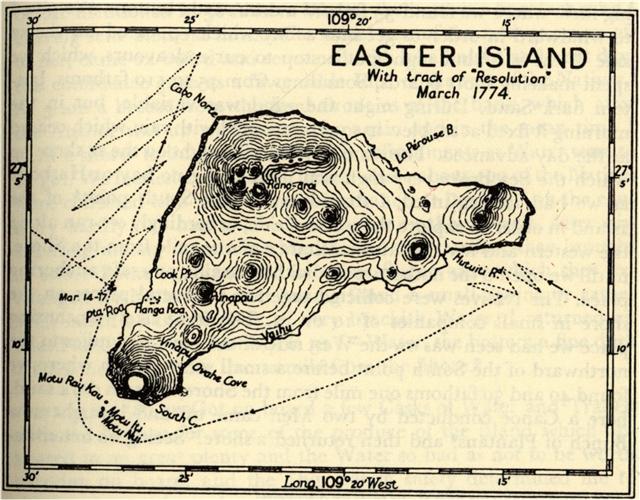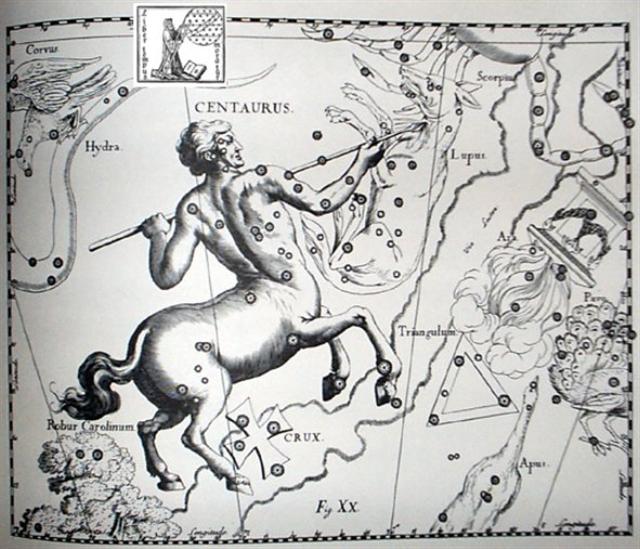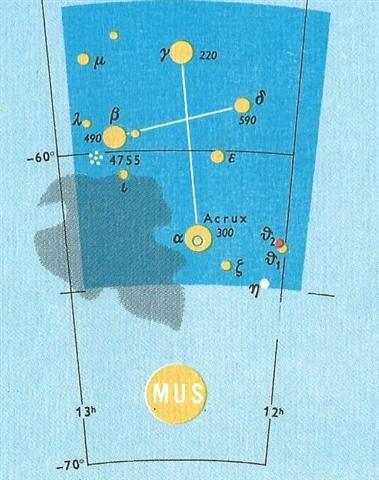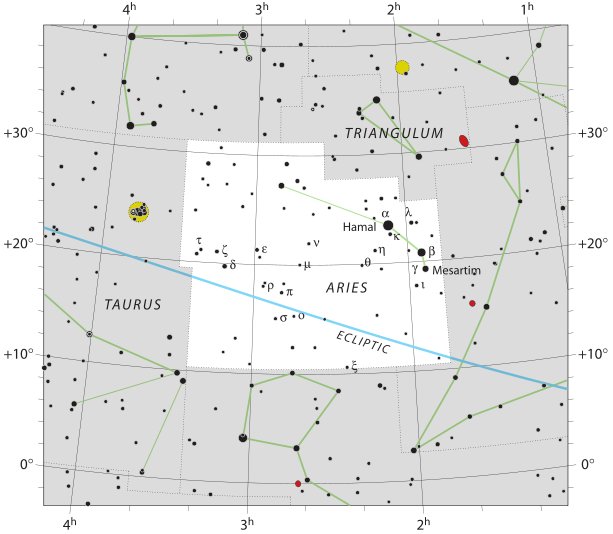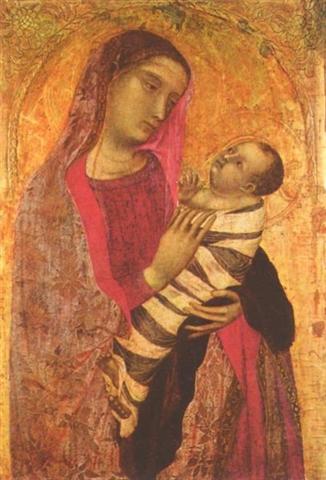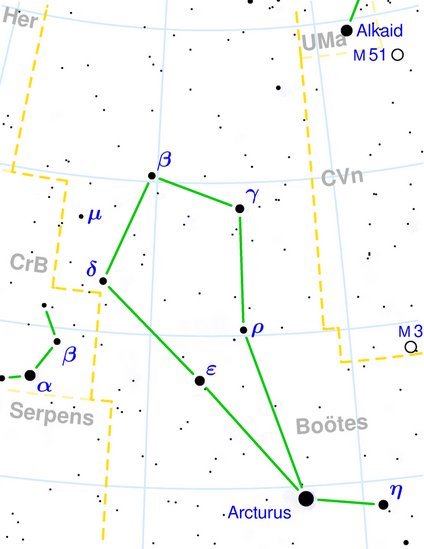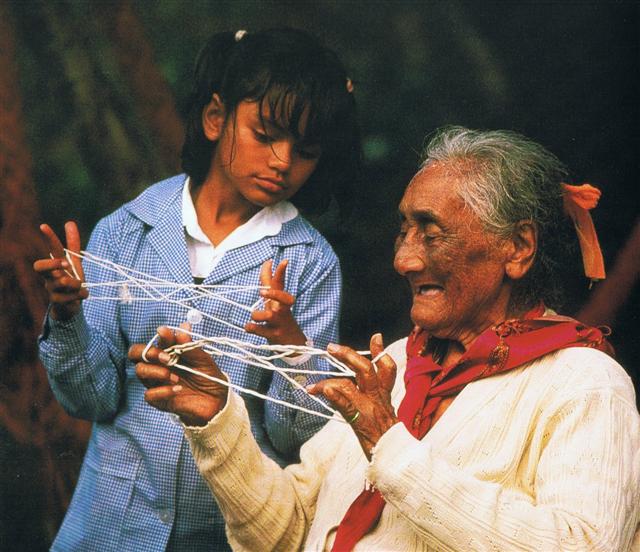|
TAHUA II
47 South of the equatorial belt - as on Easter Island (located 27º S) - the seasons were 'upside down'.
The first European ship to reach Easter Island occurred in the year 1722 AD. ... The first of all foreign visitors on Easter Island was the Dutch admiral Jacob Roggeveen, who approached the island in the evening twilight of Easter Sunday, 1722 ... and 52 years later also Captain Cook arrived in autumn close to the equinox. If summer north of the equator was defined from the vernal equinox in March then summer south of the equator should be defined from the equinox in September 22:
I have suggested the C text should begin not in the month of March but in September 22 (spring equinox south of the equator). This date should correspond to March 22 north of the equator. Thus, when the Sun was rising in the mornings in the constellation of Pegasus the Full Moon should descend at the horizon in the west in the constellation of the Southern Cross (at the navel of the Centaur Horseman): ... The two great stars, which marks the summit and the foot of the Cross, having nearly the same right ascension, it follows that the constellation is almost perpendicular at the moment when it passes the meridian. This circumstance is known to the people of every nation situated beyond the Tropics or in the southern hemisphere. It has been observed at what hour of the night, in different seasons, the Cross is erect or inclined. It is a time piece, which advances very regularly nearly four minutes a day, and no other group of stars affords to the naked eye an observation of time so easily made. How often have we heard our guides exclaim in the savannahs of Venezuela and in the desert extending from Lima to Truxillo, 'Midnight is past, the Cross begins to bend' ...
In the C text can be found evidence that the current north pole star, Polaris, might have been connected with *26, which we can explain for instance by the fact that the Julian calendar was launched by Julius Caesar in Roman times at which time The First Point of Aries was the star named Sheratan (β Arietis). *26 / *365.25 (the Julian year) * 26000 (ideal precessional cycle) = 0.07118412 * 26000 = 1850.78712 → 1849 AD. Once upon a time, now a long time ago, I decided the era for rongorongo ought to be AD 1842 (= AD 1582 + 260 years).
The form Sheratan is dual, including also γ (Mesarthim = 'Two Signs').
However, the name Muphrid for the star η Bootes at the other side of the year was definitely not dual:
Presumably we will encounter the place for Polaris first at Ca1-26:
... Take the lower part of a gourd or hula drum, rounded as a wheel (globe), on which several lines are to be marked and burned in, as described hereafter. These lines are called na alanui o na hoku hookele, the highways of the navigation stars, which stars are also called na hoku ai-aina, the stars which rule the land. Stars lying outside these three lines are called na hoku a ka lewa, foreign, strange, or outside stars. The first line is drawn from Hoku-paa, the fixed or North Star, to the most southerly star of Newe, the Southern Cross ...
|
||||||||||||||||||||||||||||||||||||||||||||||||||||||
